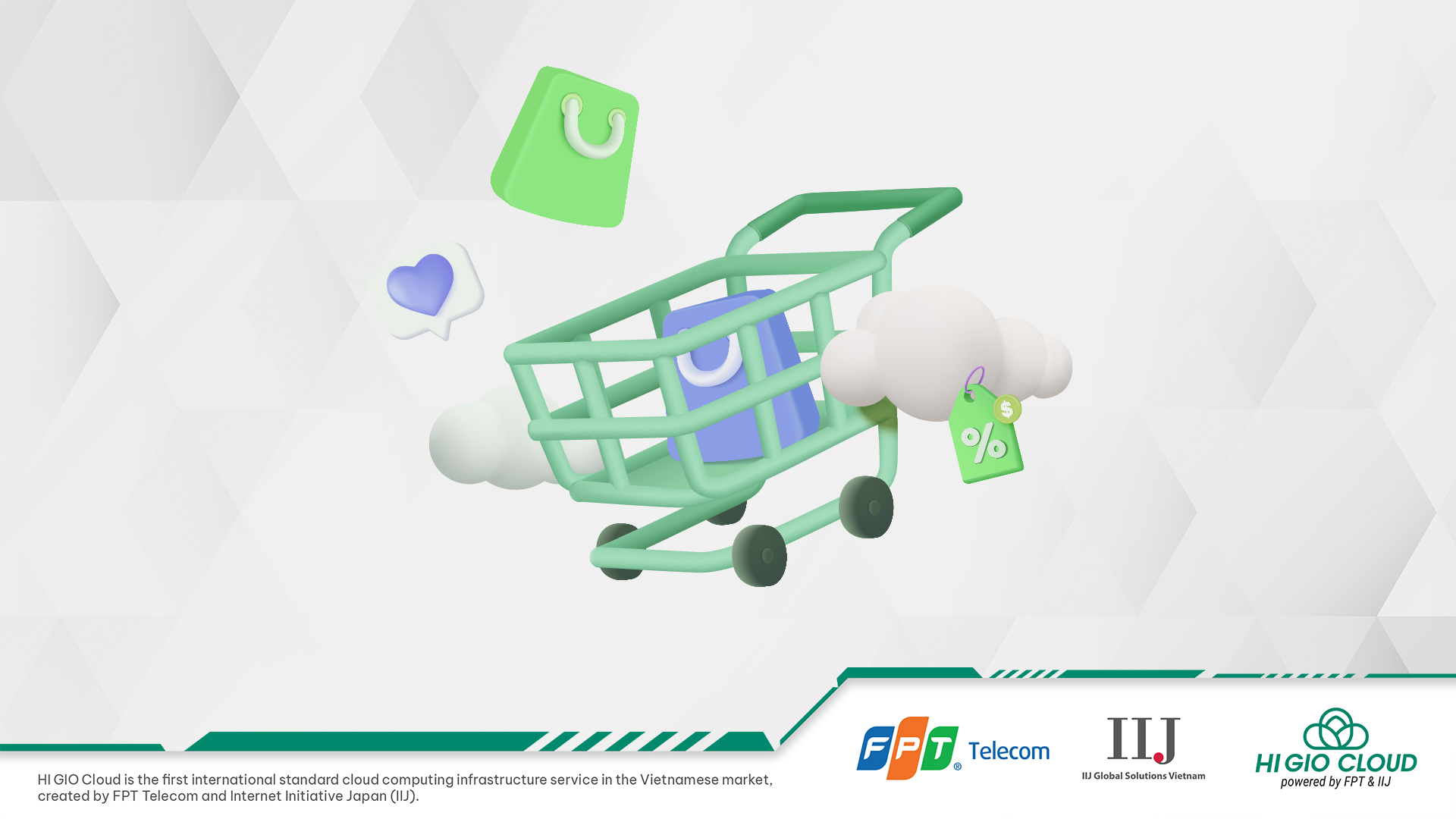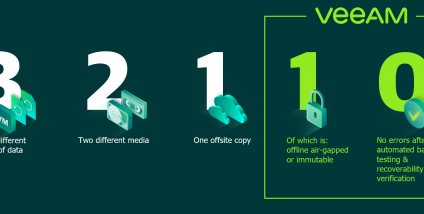Cloud computing has revolutionised organisational operations by offering unparalleled flexibility and accessibility. Nonetheless, the imposition of fixed prices for cloud resources, when future usage remains uncertain, has raised concerns among businesses considering cloud services. Consequently, numerous reputable cloud service providers have introduced a payment model aligned with actual usage requirements: Pay-as-you-go. Let’s delve into how this payment model addresses cost-related concerns for businesses.
1.What is pay-as-you-go (PAYG) cloud computing?
Pay-as-you-go (PAYG) cloud computing represents a usage-based billing method. This payment approach, wherein users are billed according to their actual utilization, is a popular form of payment for cloud services in the world.
Why is the Pay-as-you-go payment method necessary?
Fixed package billing presents numerous challenges, including users being required to pay for unused resources and consistently having to concern themselves with package upgrades. Additionally, there is the risk of service interruption if upgrades are not performed in a timely manner. Given these inconveniences, the Pay-as-you-go payment method emerges as the ideal choice to alleviate businesses’ concerns regarding unnecessary expenses.

2.Types of PAYG cloud computing services
There are three primary types of cloud computing services: Software as a Service (SaaS), Platform as a Service (PaaS), and Infrastructure as a Service (IaaS). Each type employs a distinct Pay-as-you-go (PAYG) payment method:
- SaaS Subscription-based payment model: Subscription is a business model in which users pay a recurring fee to access a specific service or product. The cost of a SaaS (Software as a Service) service typically depends on factors such as features, storage capacity, or on a per-user basis. Notable examples include Salesforce, NetSuite, and Microsoft Dynamics.
- Advantages: The SaaS Subscription model enables users to scale their software usage, installation, and access directly through a web browser. Businesses can streamline initial expenses, simplifying the cost structure when compared to traditional software, which typically includes license fees, licenses, installation, and infrastructure costs. Additionally, businesses can readily forecast their annual budget for the required software services.
- Disadvantages: While the SaaS subscription model typically incurs a low initial cost, over an extended period, the cumulative monthly or annual subscription fees can surpass the expense of purchasing a single software license outright. With fixed costs, many businesses may perceive inefficiency in not utilizing 24/7 SaaS services fully. Furthermore, this model relies on the service provider for software maintenance and provisioning. In instances of network connectivity problems or unavailability, users may lose access to the service.
- Pay-as-you-go payment model: Resources within the PaaS model can be priced based on application usage, the number of users, or the amount of memory consumed per hour (in gigabytes). Microsoft has introduced a finely-tuned per-minute pricing model for PaaS services, wherein the pricing is paused when an organization decommissions a virtual machine (VM) while retaining the state and configuration of the VM. Some well-known examples of PaaS services include Google Cloud, Oracle Cloud, and Microsoft Azure (formerly known as Windows Azure).
- Advantages: By dynamically adjusting charges in real-time according to actual demand and usage, businesses can reduce expenses associated with unused resources, thereby optimizing their financial resources.
- Disadvantages: The PAYG model presents challenges in predicting and controlling costs, particularly for businesses with fluctuating usage requirements. Under this model, users may also inadvertently squander resources if they fail to vigilantly monitor usage or optimize their cloud service deployments.

- Pay-as-you-use (PAYU) payment model for Infrastructure as a Service (IaaS) Services: With IaaS, customers are billed on a per-use basis, usually by the hour, week, or month. Some cloud providers also charge based on the virtual machine (VM) capacity utilized. This model eliminates the need for users to deploy internal hardware and software. Prominent IaaS providers include IBM, Hewlett-Packard, Microsoft, and Amazon Web Services (AWS).
- Advantages: PAYU offers users flexibility as they are only required to pay for what they actually utilize, with no upfront commitments or investments in infrastructure. This enables businesses to readily estimate their monthly costs based on actual usage.
- Disadvantages: Managing and estimating expenses with PAYU can be more intricate compared to other models. Without diligent resource management, it may lead to inefficiencies and unnecessary expenditures. Consequently, fluctuations in monthly expenses can pose challenges for budget forecasting.
To ensure compatibility with the requirements of utilizing cloud computing services, businesses should seek a provider that offers all the primary types of cloud computing services, including IaaS, SaaS, and PaaS. Supported by leading cloud service providers like AWS, Azure, and Google Cloud, HI GIO Cloud offers the PAYG (Pay-As-You-Go) payment model. This allows businesses to pay solely for the resources and services they actually utilize, fostering flexibility and cost savings aligned with their actual needs.
3.Benefits of pay-as-you-go cloud computing
The Pay-as-you-go (PAYG) payment model is a widely favored option among businesses due to its capacity to deliver a comprehensive experience of optimal resource flexibility and ‘pay-as-you-go’ billing. Below, we outline some of the advantages of this popular payment model:
Flexibility and Scalability
Cloud providers possess the capability to offer substantial resources for various tasks and scalability requirements, such as those pertaining to big data analytics and other projects. These resources can be provisioned or decommissioned as needed, either upon completion of work or in response to fluctuations in demand. The Pay-as-you-go (PAYG) model enables effortless creation, deletion, or adjustment of virtual server configurations in under 60 seconds. Furthermore, HI GIO Cloud has also adopted the PAYG payment model, affording businesses the flexibility to expand or contract their resources in alignment with their specific requirements, ensuring that they only incur charges for the resources they have utilized.
Ease of use:
Businesses can readily adjust resources with a simple click or configure certain resources to automatically adapt in real-time to evolving business requirements. This capability has played a pivotal role in utilizing the cloud as a flexible complement to an organization’s existing infrastructure.
Cost Savings – Pay as you go
By paying exclusively for the resources they actually use, businesses can eliminate wastage and reduce unnecessary expenditures. This approach not only enhances budgetary control and cost optimization but also facilitates the estimation of monthly expenses based on actual usage and performance metrics. Unlike traditional models, this payment scheme does not necessitate substantial upfront investments in infrastructure or sizable initial fees, thereby assisting customers in managing their finances more effectively.
Continuous service availability
The Pay-as-you-go (PAYG) model frequently includes automatic redundancy and backup features, assuring uninterrupted service even in the face of hardware or software issues. The system will automatically switch to the backup version or rapidly restore service..
4.Solutions for assisting enterprises in cost optimization with HI GIO Cloud
HI GIO Cloud powered FPT & IIJ offers two billing methods: Pay-as-you-go and Flat Charge. Presently, Pay-as-you-go is the preferred option for businesses seeking a flexible billing approach. With HI GIO Cloud’s Pay-as-you-go package, businesses can enjoy several benefits, including:
- No Minimum usage or usage commitment required
- There are no upfront fees
- Only pay for the resources you use
- Charged on an hourly basis
- HI GIO Cloud not only delivers exceptional performance but also facilitates seamless connectivity between the cloud service and the internal network through VPN, MPLS, and X-connect. The flexible storage platform offers high IOPS processing speed on NVME hard drives, catering to a wide range of needs, from Big Data to Artificial Intelligence (AI). With assurances from the most trusted technologies, HI GIO Cloud safeguards your data and guarantees uninterrupted operations.
How Pay-As-You-Go Operates at HI GIO Cloud:
- Establish a Resource Pool with the desired configuration.
- Customers commence utilizing the service.
- At the end of each month, a reconciliation will be carried out, and customers are billed solely for the resources consumed.
When it comes to selection of the PAYG model, it is imperative to mention HI GIO Cloud. With HI GIO Cloud, you not only gain access to an effortless PAYG experience but also avail numerous other benefits, including robust security measures, exceptional performance, high connection speeds, and the capacity to scale your account. Flexible resources empower businesses to readily adapt to evolving requirements, while a stable infrastructure and disaster recovery capabilities guarantee uninterrupted service. Moreover, HI GIO Cloud is tailored to meet the intricacies of enterprise systems.
Conclusion
PAYG (Pay-as-you-go) has showcased a level of flexibility and cost savings that are impossible to ignore in the information technology sector. To fully harness the potential of this payment model, HI GIO Cloud stands as the ideal partner, aiding businesses in their endeavor to confidently adapt and stay aligned with current trends.



